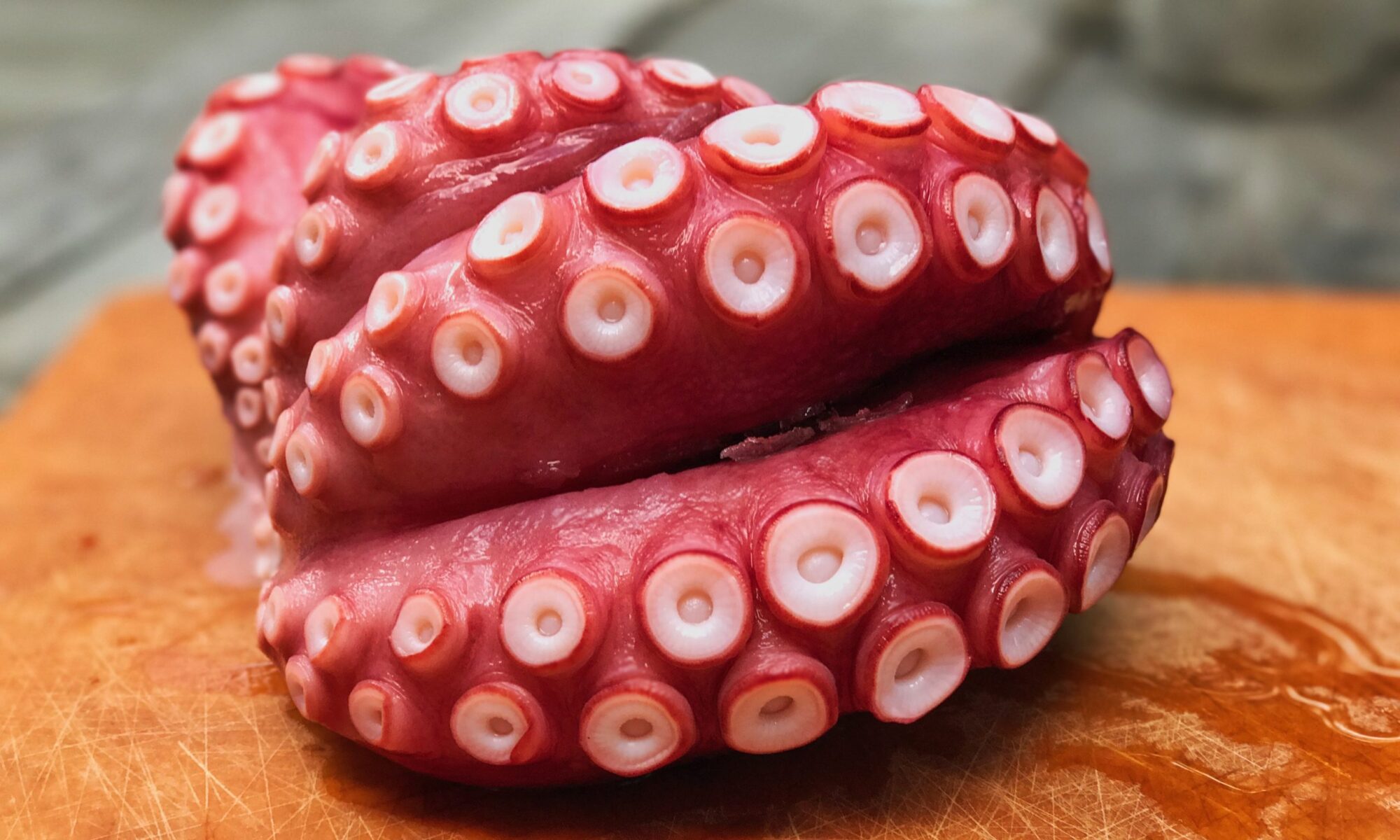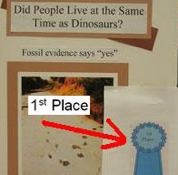I spent a couple of hours with my son’s fourth/fifth grade classroom today, teaching them to build LED flashlights in Altoids tins. This project was both simpler and more complicated than last year’s Bristlebots project – fewer parts to manage, but we went deeper into electrical and electronics concepts. The students learned about voltage, insulators, conductors, circuit load, diodes, polarity, and various types of switches. And had a great time! Every single kid finished with a working flashlight. Some even enjoyed the process so much they stayed after school to build a second one.
I started with this recipe from Instructables.com, but modified it a bit (we used a single LED and battery to reduce wiring and to eliminate the need for resistors, though we did talk about resistance).
One of the biggest challenges for me was figuring out how to drill clean holes in aluminum – every attempt with a punch or standard drill bit resulted in sharp, ragged, non-round holes. Finally figured out that what I needed was a “graduated” drill bit. Happily, I found one from the 1940s in a toolchest that I had inherited from my grandfather. So not only was the bit we used ~70 years old, but I later learned that my grandfather made all his own bits! He would have been proud to see us using his tools this way.
Sorry I didn’t get more photos of the process – no shots here of drilling or soldering, or of the kids playing with their finished flashlights in a dimmed room, Â but was bit busy…
View the Flickr set with captions, or check the slideshow version below.


